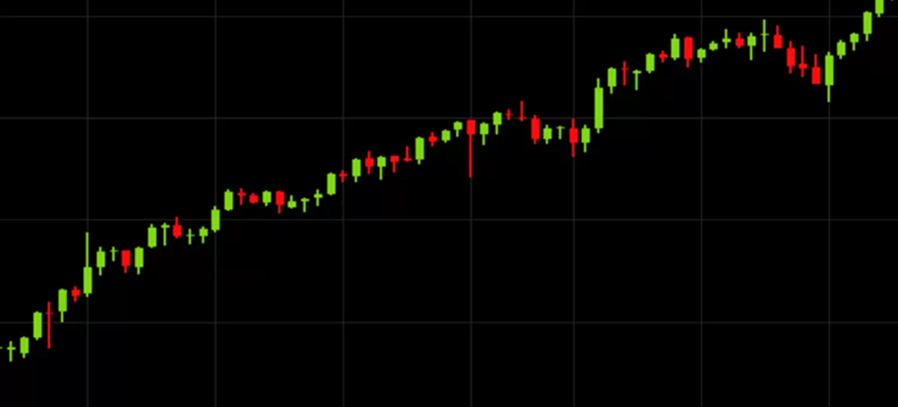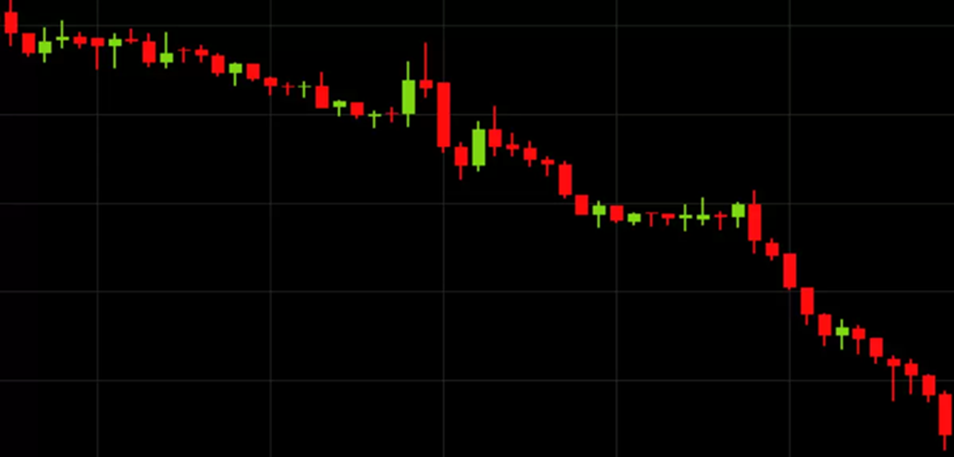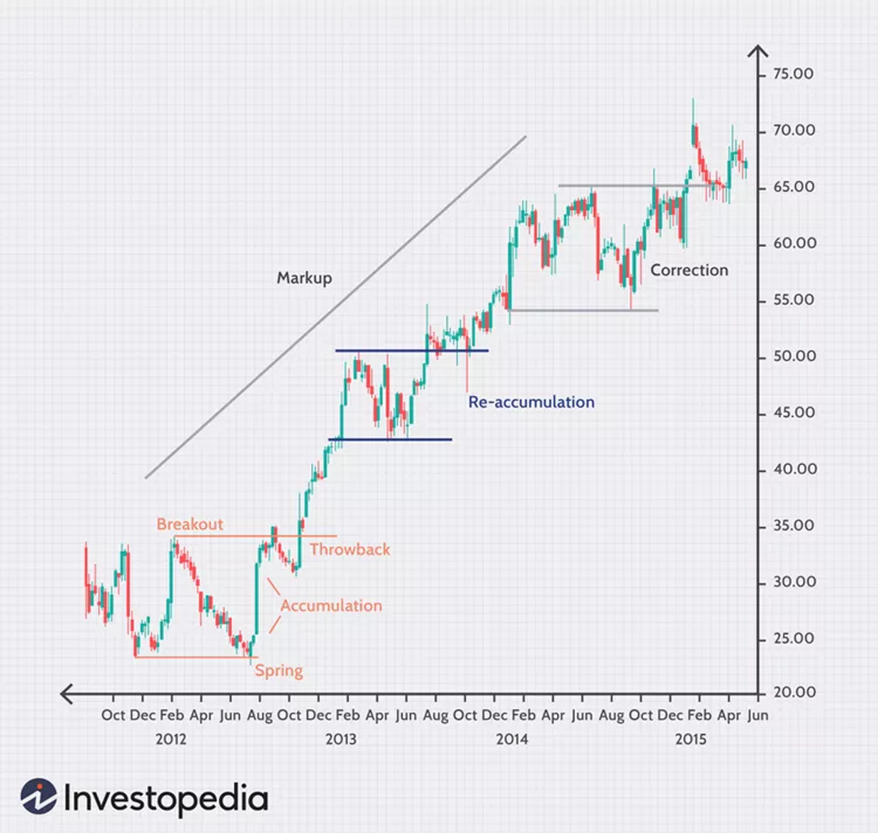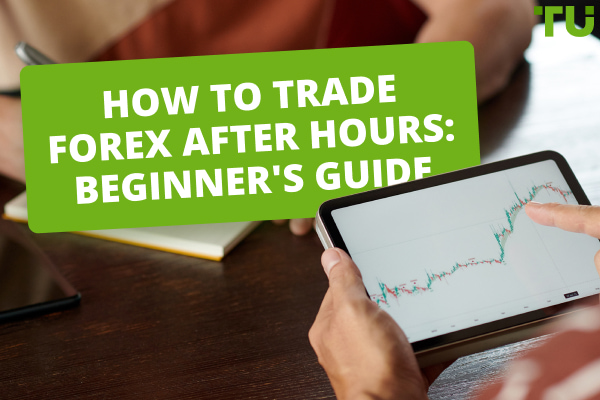Forex Market Trend Definition And Examples
Forex Market Trend - is a term, that describes the general direction in which the prices of currency pairs move over a period of time.
To the untrained eye, the Forex market can seem like a complex tapestry of seemingly random lines and red or green shapes moving all over the place with no discernible direction. To anybody who has taken the time to study Forex, however, those lines and shapes represent patterns based on mathematical data and can be used to predict future price movements with a strong degree of accuracy. These patterns are called “trends”. In this article we’ll be explaining what a trend in Forex is, how to identify trends and what the key stages of Forex trends are.
What is a trend in the Forex market?
In the Forex market, a “trend” is the label used to describe the general direction that the prices of currency pairs are moving in, over a specific period of time. Trends are basically the pattern that a currency pair appears to be following and can help traders determine when to enter and exit a trade, by analyzing historical price data and making predictions about future price movements. Making trade decisions based on observed trends is called “trend trading”.
There are three main classifications of trends in the Forex market:
Uptrends
In an uptrend, prices are moving consistently higher over a specific time period. Although individual candles might move downwards during this time, the overall pattern looks like an upward moving line. This signifies a bull market, where sentiment is optimistic, and buyers are in control.

Uptrends
Downtrends
In a downtrend, prices are gradually decreasing over a set period of time. When observing a downtrend on a chart, the overall shape of it will resemble a downwards slope, even if individual price movements may go upwards. Downtrends indicate a bearish market that is largely controlled by sellers.

Downtrends
Sideways Trends
In a sideways trend (sometimes called range-bound trend), prices fluctuate within a horizontal range. Essentially, if you observed a sideways trend on a chart, the individual prices would move up and down but stay within a certain range and represent a sideways line when zoomed out. This pattern lacks a clear trend and usually indicates a market consolidation phase. For this reason, traders don’t often use sideways trends to make any kind of decision, unless they’re using the scalping strategy.
Identifying Forex market trends
Traders both experienced and inexperienced alike can use various tools and techniques to identify emerging market trends. In order to analyze the extensive amount of data provided by Forex market movements, they must simplify information and find patterns to better determine their trading behaviors. Some of the basic tools used by traders to identify trends are:
-
Charts and Candlestick Patterns. Traders use price charts, candlestick patterns, and trendlines to identify potential trends
-
Pattern Recognition Tools. A trader can use software that automatically identifies and analyzes chart patterns, making it easier to spot potential trends
-
Event Calendars. Stay informed about upcoming economic events, announcements, and releases that may impact currency markets
-
Trading Platforms and Analytics Tools. Use trading platforms that provide advanced charting tools and analytics for technical and fundamental analysis
While using these tools, traders can apply specific strategies that use technical analysis and indicators that allow them to decide when to sell. Briefly, some of these techniques include:
-
Moving Averages. Moving averages are calculated by calculating average prices of an asset over a specified period. They smooth out price data to identify trends
-
Ascending Triangle Breakout. An ascending triangle is a bullish continuation pattern characterized by a flat upper trendline and an ascending lower trendline. A breakout occurs when the price breaks below the ascending trendline
-
Descending Triangle Breakout. A descending triangle is a bearish continuation pattern with a flat lower trendline and a descending upper trendline. A breakdown occurs when the price breaks below the flat trendline
Key stages of a Forex trend

Key stages of a Forex trend
Trends in Forex markets do not go on infinitely. A trend is observed within a specified time period, but when analyzing price movements over a wider timeframe, they tend to be more cyclical. Legendary investor and technician Richard Wyckoff pioneered the methods for technical analysis of markets used today, which outlines key elements in price trend development. Wyckoff’s market cycle is consist of several stages: accumulation, mark-up (uptrend), distribution, and mark-down (downtrend). Let’s look at these stages in more detail:
-
1
Accumulation. Smart investors quietly buy an asset when prices are low. This phase often looks like a sideways movement or a range-bound market as they build their positions. Prices tend to consolidate within a range
-
2
Mark-Up (Uptrend). Once the smart money has accumulated enough, they start buying more aggressively, pushing prices up. This creates an uptrend, marked by higher highs and higher lows as other traders notice the upward movement
-
3
Distribution. Smart money begins selling their accumulated assets to take profits. This phase resembles another consolidation, with prices moving within a range as the pressure to sell increases
-
4
Mark-down (Downtrend). As selling continues, prices reverse and enter a downtrend. This phase is marked by lower highs and lower lows as sellers dominate the market
When observing trends and using various strategies and indicators for technical analysis, be mindful of the various stages that occur during a trend. Understanding these stages provides structural guidance on when to enter or exit a position while trading Forex, though of course there are many other factors to take into consideration.
Best Forex brokers 2024

FAQs
How long do market trends typically last?
Market trends can last anywhere from a few days to several years depending on several factors including the market's liquidity, economic conditions, and geopolitical events. It’s important to learn as much as possible about the Forex market to better understand trends.
Can market trends be predicted with certainty?
No, as they are dependent on multiple factors that cannot be predicted. Traders should use a combination of technical, fundamental, and sentiment analysis to minimize risk and anticipate future price movements with more accuracy.
What industries are most influenced by market trends?
Some industries are more sensitive to consumer behavior or technological advancements than others. The technology, retail and healthcare industries are just some examples.
How do geopolitical events impact market trends?
Political instability, elections, or conflicts may lead to a depreciation of the currency of the country that the event is related to.
Team that worked on the article
Jason Law is a freelance writer and journalist and a Traders Union website contributor. While his main areas of expertise are currently finance and investing, he’s also a generalist writer covering news, current events, and travel.
Jason’s experience includes being an editor for South24 News and writing for the Vietnam Times newspaper. He is also an avid investor and an active stock and cryptocurrency trader with several years of experience.
Dr. BJ Johnson is a PhD in English Language and an editor with over 15 years of experience. He earned his degree in English Language in the U.S and the UK. In 2020, Dr. Johnson joined the Traders Union team. Since then, he has created over 100 exclusive articles and edited over 300 articles of other authors.
The topics he covers include trading signals, cryptocurrencies, Forex brokers, stock brokers, expert advisors, binary options. He has also worked on the ratings of brokers and many other materials.
Dr. BJ Johnson’s motto: It always seems impossible until it’s done. You can do it.
Mirjan Hipolito is a journalist and news editor at Traders Union. She is an expert crypto writer with five years of experience in the financial markets. Her specialties are daily market news, price predictions, and Initial Coin Offerings (ICO). Mirjan is a cryptocurrency and stock trader. This deep understanding of the finance sector allows her to create informative and engaging content that helps readers easily navigate the complexities of the crypto world.










